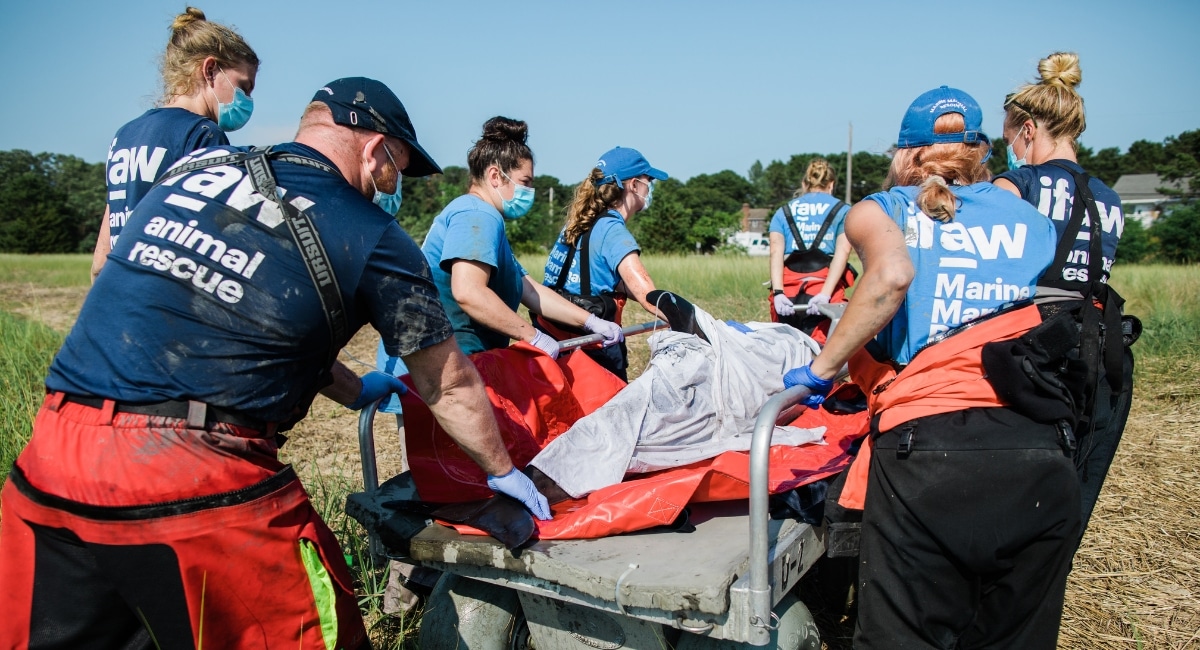
Establishing and maintaining long-term relationships with donors is essential if you want to grow and sustain funding for your school’s initiatives and programs. It’s not enough to just get one-off donations. You need to build connections that will keep supporters engaged over time.
This article will look at six innovative ways to do just that. Whether you want to communicate on a more personal level or offer backers something new, there are ideas here for everybody.
So read on if you would like some fresh fundraising strategies that could help ensure success well into the future!

To show appreciation for its supporters, a school can host events specifically for those who have given donations. First, decide whom to invite – perhaps people who have contributed a certain amount each year. You can use fundraising files or your donor database to help with this.
Once you have identified key individuals, think about the type of function that will appeal to them. Options include private tours and VIP cocktail parties, as well as small dinners where school leaders give talks.
Choose a date and location that suit most invitees, then send out invitations well in advance so people keep their diaries clear! Work closely with colleagues to plan enjoyable activities or speeches that illustrate the impact donors have had on our school – and give everyone present a better understanding of our community.
At the event itself, make sure there are plenty of opportunities for one-to-one chats: assign members of staff to welcome guests individually and involve them in conversation. Use this time not only to express thanks and share success stories but also to facilitate meaningful connections between people.
Afterward, don’t forget to follow up. Send each guest a personal note saying how nice it was to see them, along with an update on the difference their support has made up to now.

In order to effectively communicate impactful success stories with donors, it is crucial that you develop engaging narratives which stir the emotions and show exactly how their contributions have helped.
First find students who have benefited directly from donations; collect uplifting stories about them. Include personal details and information about any difficulties they have overcome alongside specifics about how this support has changed their lives for the better.
Next, think about the best ways to share these anecdotes with donors so they resonate. Use different formats – written accounts, videos, or even multi-media presentations. Bring things alive by adding quotes, statistics, or photos that illustrate the power of one person’s generosity!
Take these success stories and group them by theme to make campaigns or materials for donors. Share the stories in newsletters, on social media, at fundraising events, and on donor appreciation occasions – but tell them in different ways depending on who you’re talking to and what they’ve given before.
Don’t forget to thank people for their past donations, which are the reasons these tales have happy endings! And remind supporters that if they carry on giving, they, too, can keep changing students’ lives for the better.

Expressing appreciation to those who support your cause can be done in a powerful way by creating a program that recognizes them. This not only shows how much you value their help but might also encourage people to donate again.
If you want to set up an efficient system for doing this, you could start by deciding what different types of donors there are. For example, you might want to treat differently people who give money regularly from those who have remembered you in their will.
It may also be helpful to have various levels of recognition (along with associated ‘benefits’) so individuals or organizations feel impelled to give more.
Make things even nicer for people by thanking them in a personal way: send notes or letters that really do say how grateful you are and what a difference their gift has made.
You could ask certain donors if they would like to come to special events or offer them experiences such as meeting beneficiaries—things other than giving money that no one else can do.
Remember to look at your recognition structure from time to time and make sure it keeps up-to-date. Use your imagination so that people continue to be impressed!
Showing individuals through actions and experiences (rather than just words) how significant their support has been doing work. This helps build closer links with backers, who then feel proud to tell others about you.

For a new way to engage donors, consider organizing special events. First, think about what kinds of get-togethers match both your school’s values and the interests of those who give.
One idea: small sessions where supporters can meet students, teachers, or guest speakers in a relaxed setting.
These up-close meetings allow participants to see for themselves how their donations are making a difference—plus form genuine connections with the people they’re helping!
Afterward, strategically organize unique school functions that give patrons sole entry alongside covert peeks into your establishment. Arrange for captivating pursuits like university walks, class exhibits, or hands-on sessions – all of which demonstrate the pioneering schemes and ventures donor funding has helped to achieve.
Make sure you include things that appeal to various donor tastes, so whether they relish networking chances, educational insights, or cultural happenings, there’s something for everyone!
For a better experience, send personal invites stressing how exclusive these events are and thanking them for their support. Afterward, let them know again what a difference they made by coming – and how much their ongoing commitment to your school’s mission means!

If you want to keep your school’s donors happy and engaged, consider sending them personal thank-you notes and updates. To do this effectively, organize your list by how much people have given in the past, what their interests are, and how involved they are.
You can then tailor your communications so they focus on each person’s main concerns. It’s also a good idea to set up a timetable for sending things like newsletters or emails saying thanks.
You might send an overview every three months that explains what has been done with donations, gives real-life examples of students who have benefited from support, and details of upcoming events that need sponsorship.
As you create messages, try to personalize them by using donors’ names and referring to particular contributions or interactions they’ve had with the school. Including testimonials, photos, or videos can also make updates more engaging.
If you want to save time, think about using email marketing tools or donor management software to automate personalized communications that still feel friendly!

In order to work well with donors on special projects, you need to make sure there is a clear plan that both sides find interesting and enjoyable. This will show how working together can be useful for everyone involved.
Find areas where donors could help with extra things like starting new activities, improving buildings, or doing more with the services already on offer.
One idea is asking donors sit on boards or groups of people who have one job – making sure certain jobs are done right. That way, they can give advice based on what they know and how things work best. It also means they feel as if this project belongs partly to them because some decisions were made by their group !
Regularly schedule meetings or virtual workshops for brainstorming sessions, progress reports, and getting feedback from donors. Foster open communication and encourage everyone to participate so that donors feel their views are heard and valued at all stages of the project.
Publicly acknowledge what donors have done! You could do this in newsletters and on social media. Maybe you’d like to spotlight a donor now and then.
This not only shows off how much of a difference these individuals make but also lets them know just how grateful we are—plus it might inspire others to give, too!
To establish lasting donor relations for your school, avoid treating it as a mere business transaction. Instead, strategize thoughtfully – for instance, by organizing special events, providing donors with one-of-a-kind experiences, or working together on projects they consider important.
You want more from them than their money: build connections based on shared values and a belief in your institution’s mission. Show dedication, keep in touch regularly, and always look for ways in which both parties will benefit – it’s about creating partnerships.
Do this well, and you could gain not just givers but advocates who will support you long into the future!